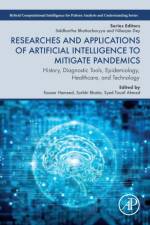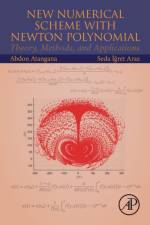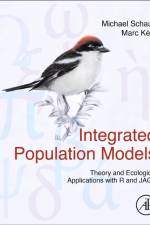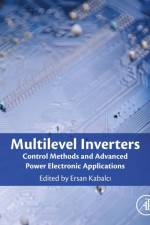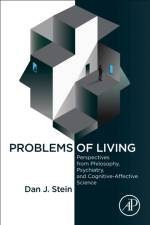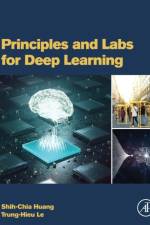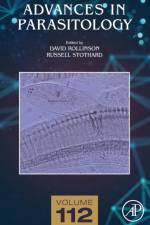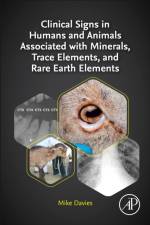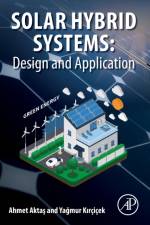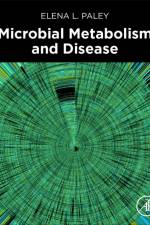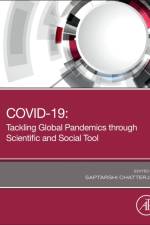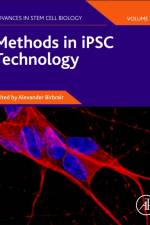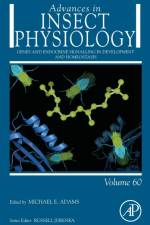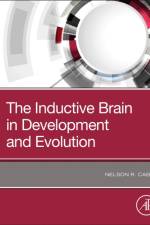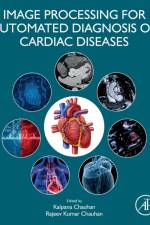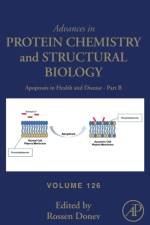- Principles and Applications
1 441
Multidisciplinary Microfluidic and Nanofluidic Lab-on-a-Chip: Principles and Applications provides chemists, biophysicists, engineers, life scientists, biotechnologists, and pharmaceutical scientists with the principles behind the design, manufacture, and testing of life sciences microfluidic systems. This book serves as a reference for technologies and applications in multidisciplinary areas, with an emphasis on quickly developing or new emerging areas, including digital microfluidics, nanofluidics, papers-based microfluidics, and cell biology. The book offers practical guidance on how to design, analyze, fabricate, and test microfluidic devices and systems for a wide variety of applications including separations, disease detection, cellular analysis, DNA analysis, proteomics, and drug delivery. Calculations, solved problems, data tables, and design rules are provided to help researchers understand microfluidic basic theory and principles and apply this knowledge to their own unique designs. Recent advances in microfluidics and microsystems for life sciences are impacting chemistry, biophysics, molecular, cell biology, and medicine for applications that include DNA analysis, drug discovery, disease research, and biofluid and environmental monitoring. Provides calculations, solved problems, data tables and design rules to help understand microfluidic basic theory and principles Gives an applied understanding of the principles behind the design, manufacture, and testing of microfluidic systems Emphasizes on quickly developing and emerging areas, including digital microfluidics, nanofluidics, papers-based microfluidics, and cell biology



